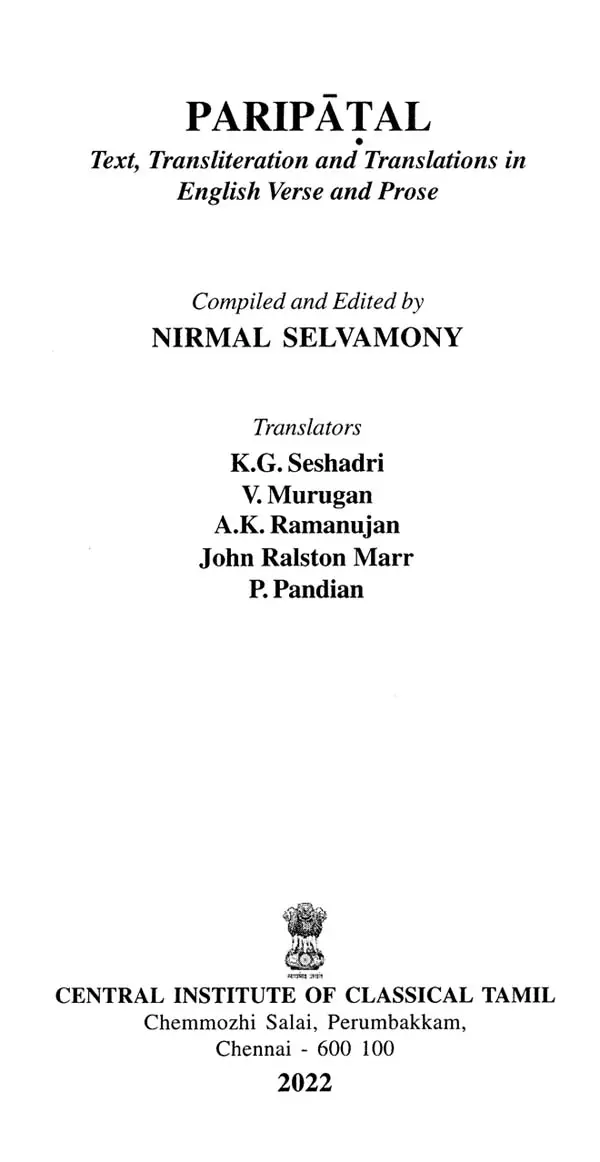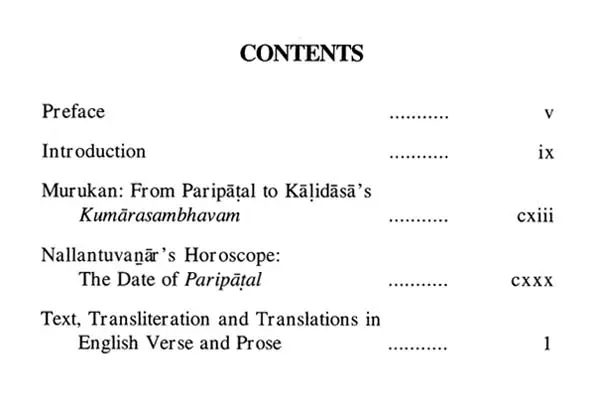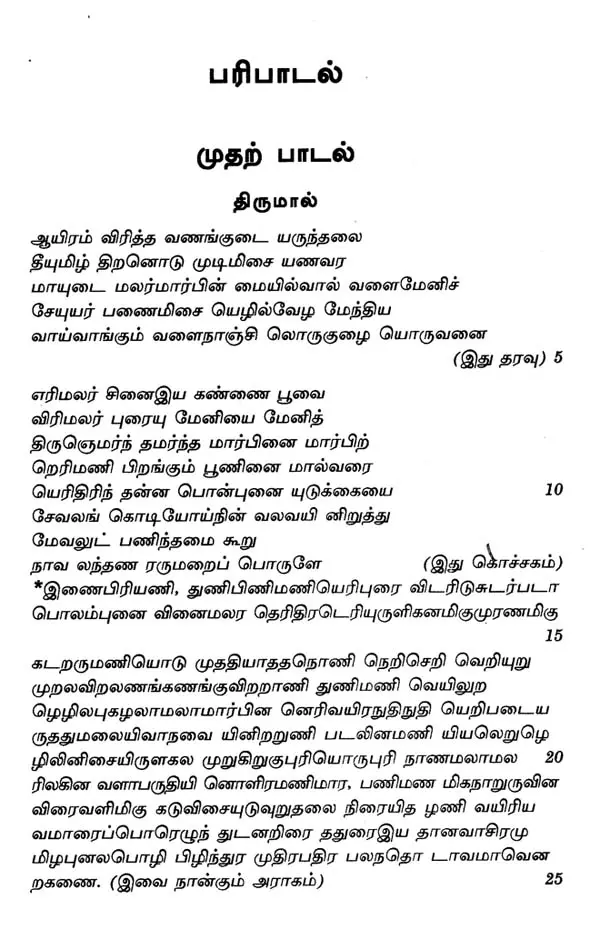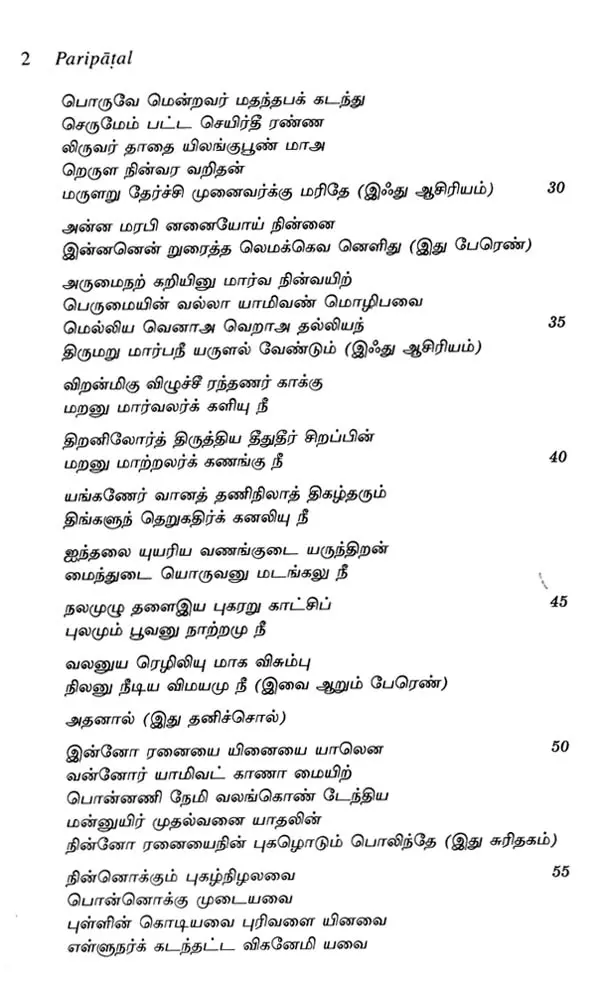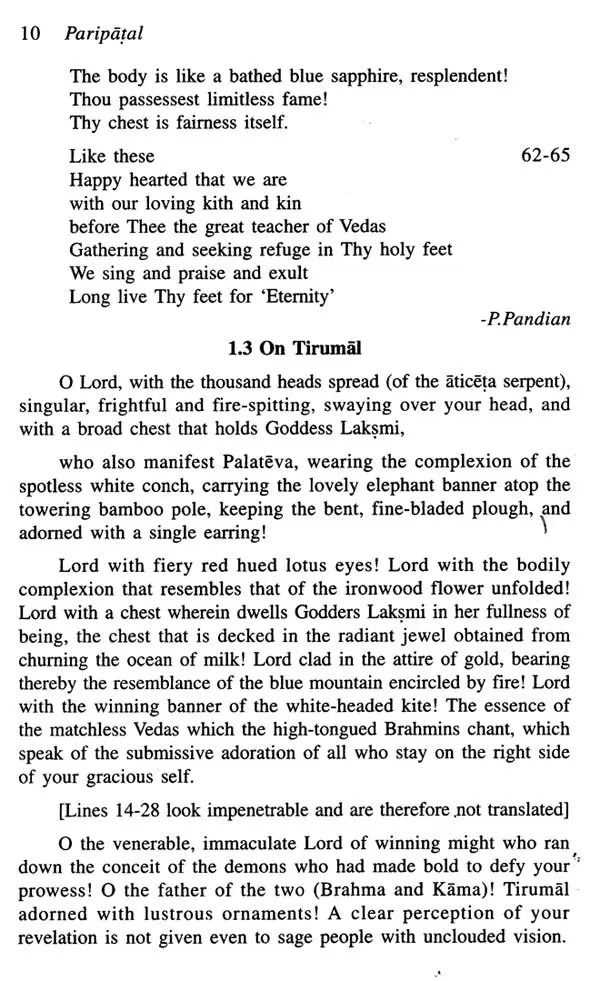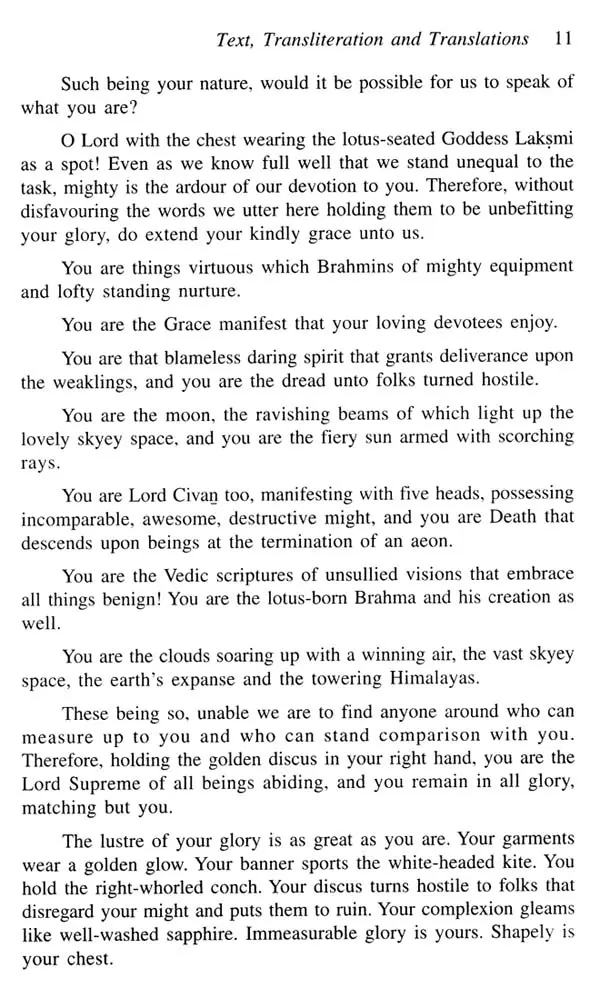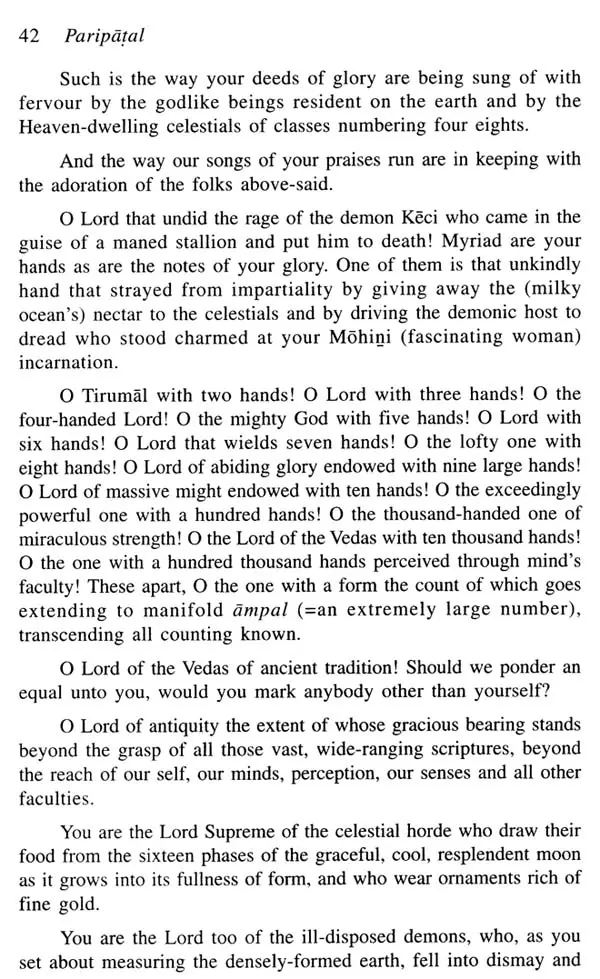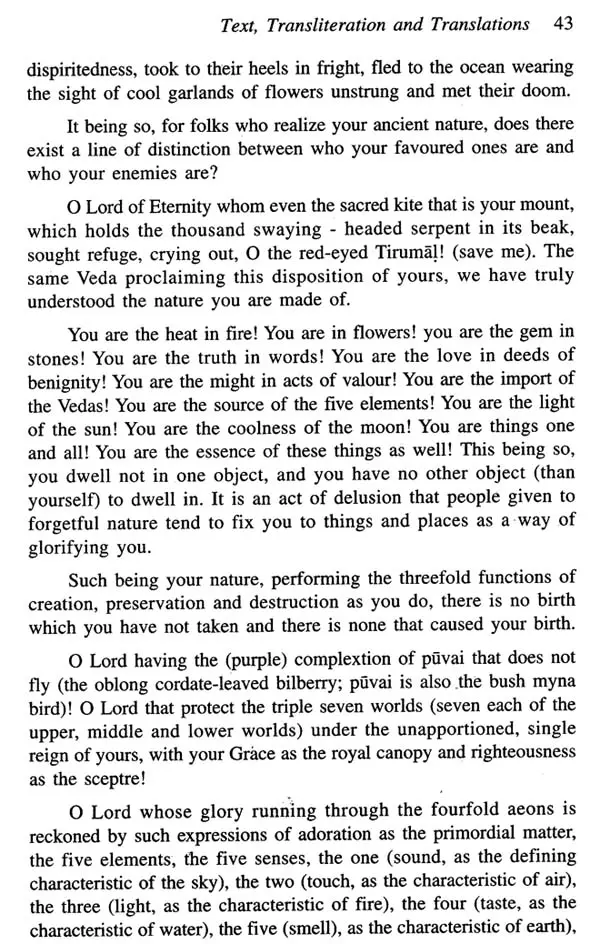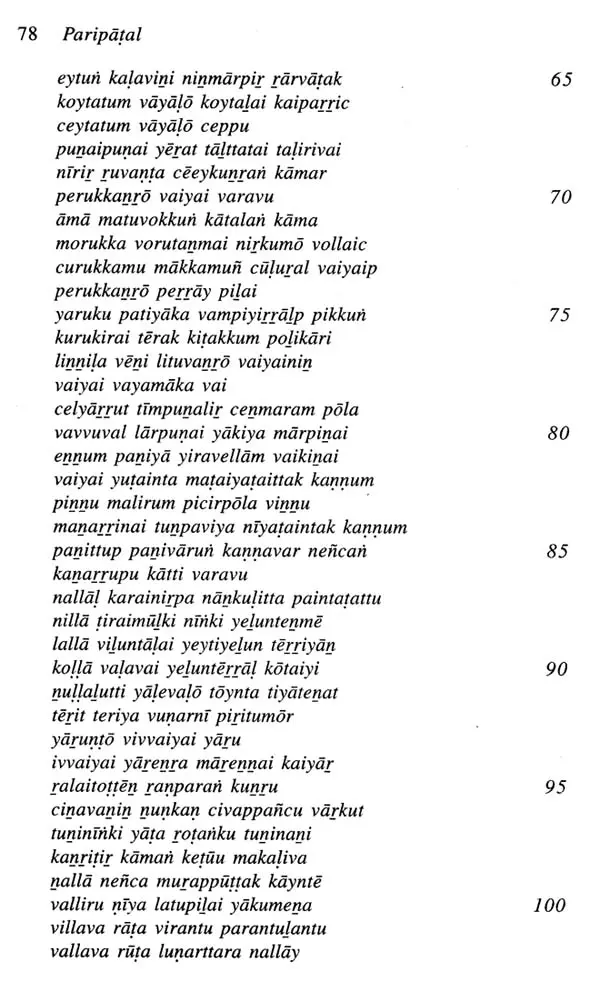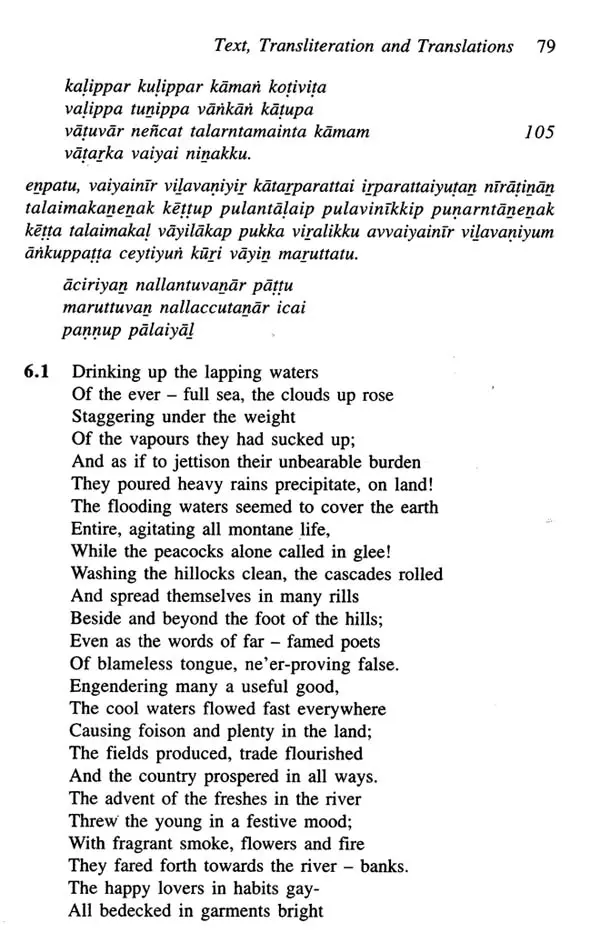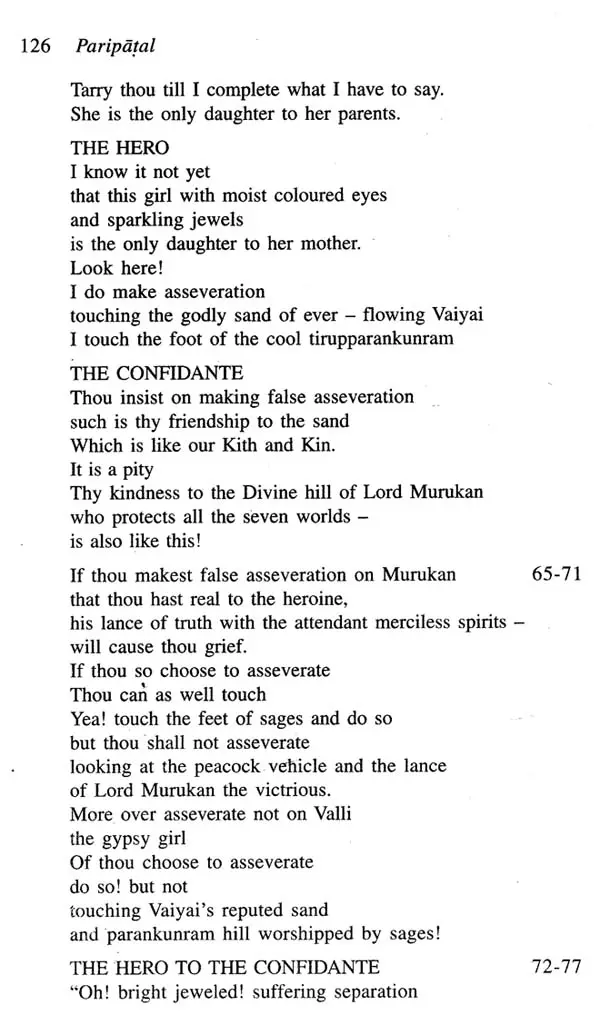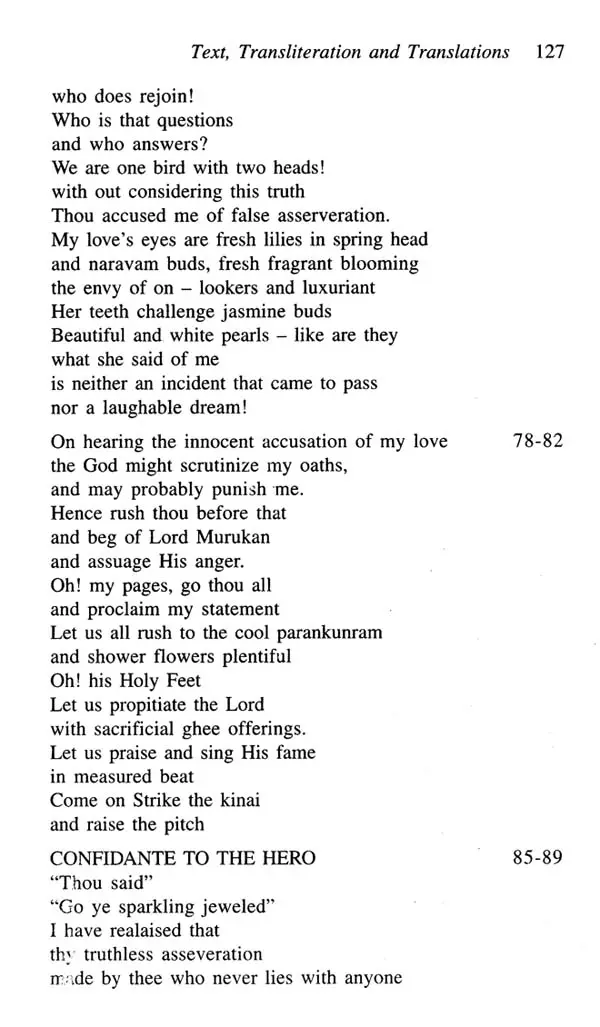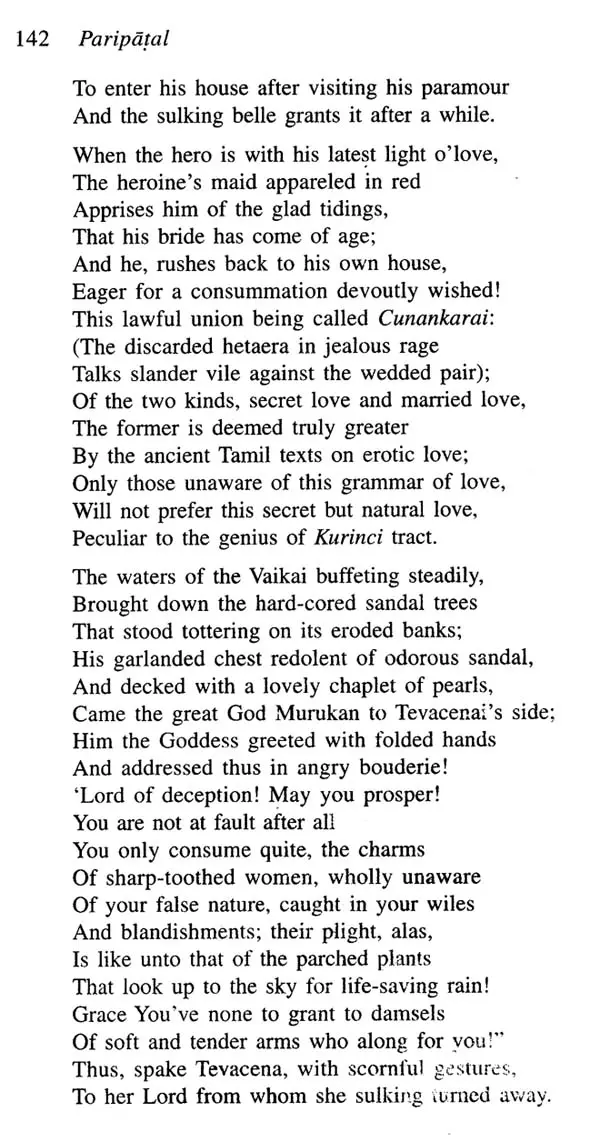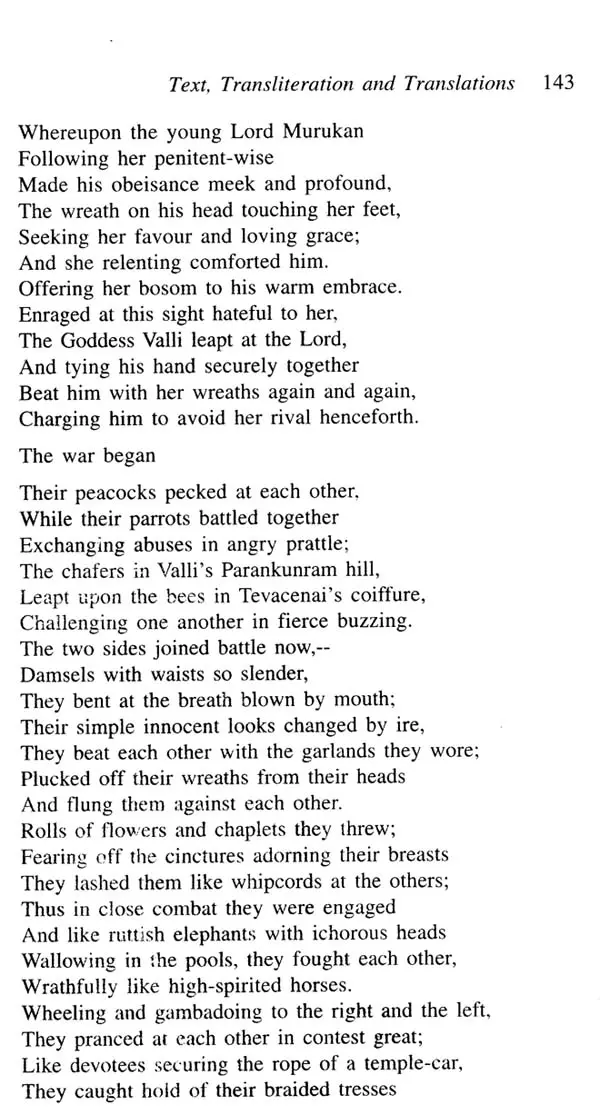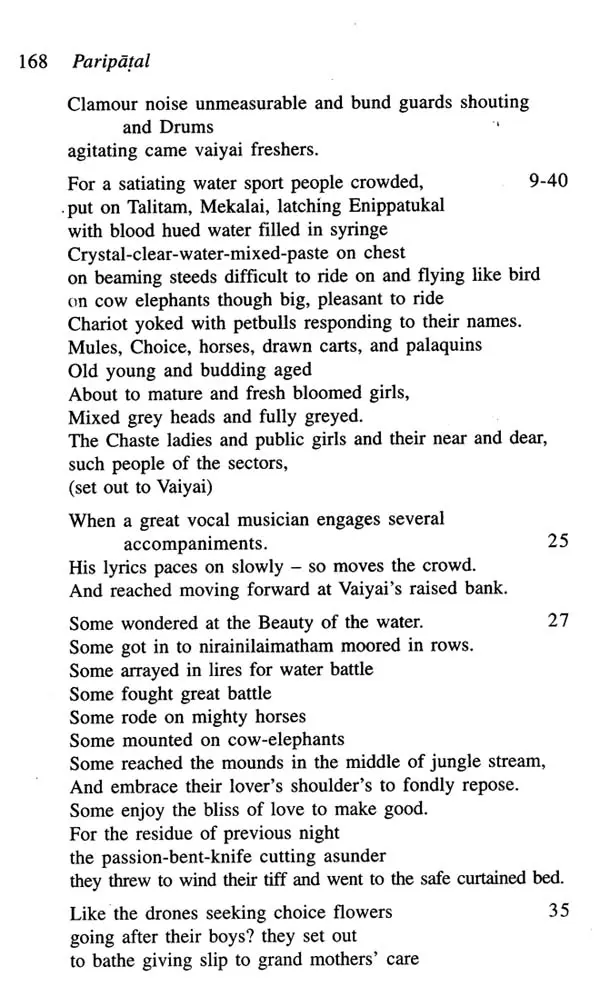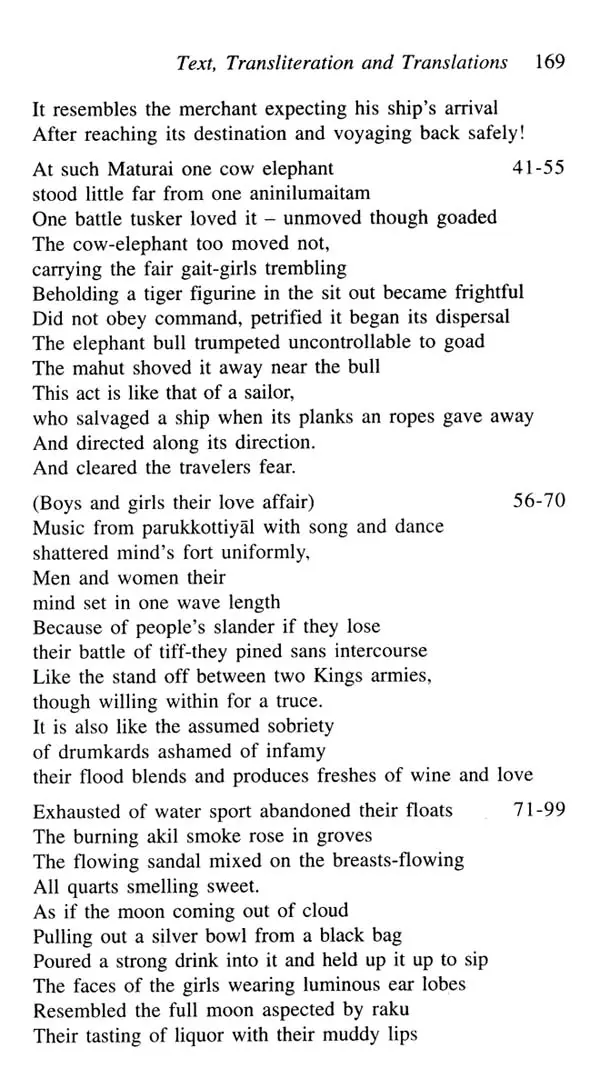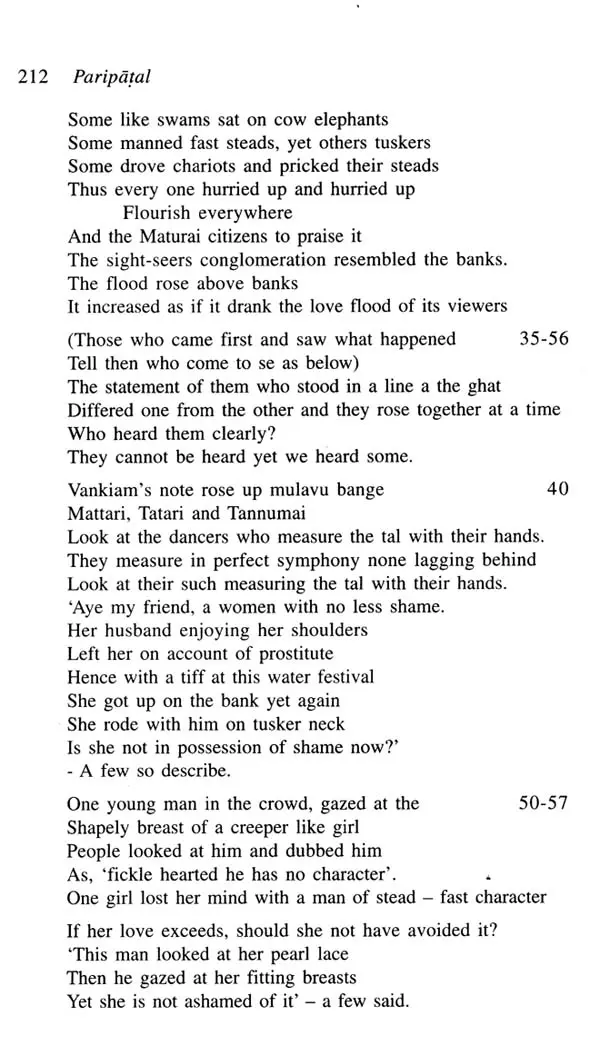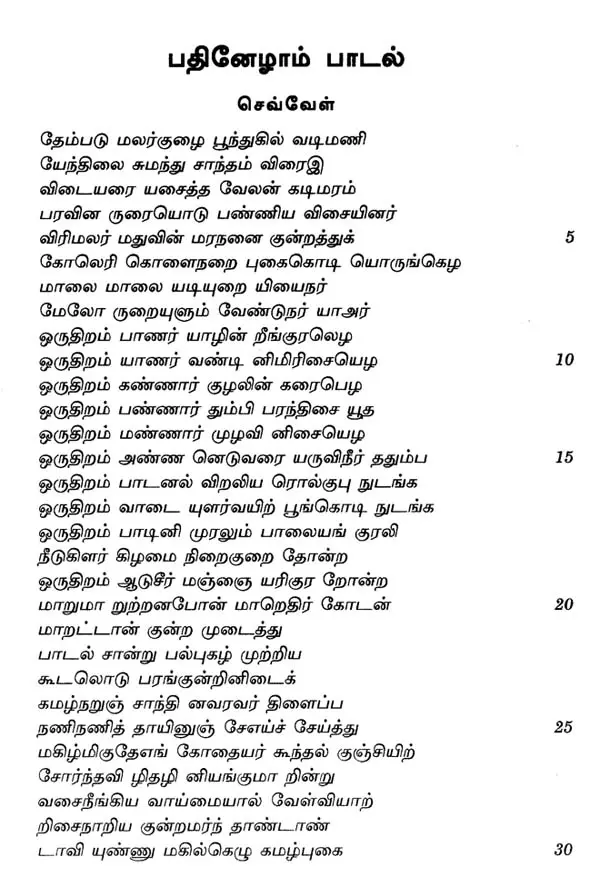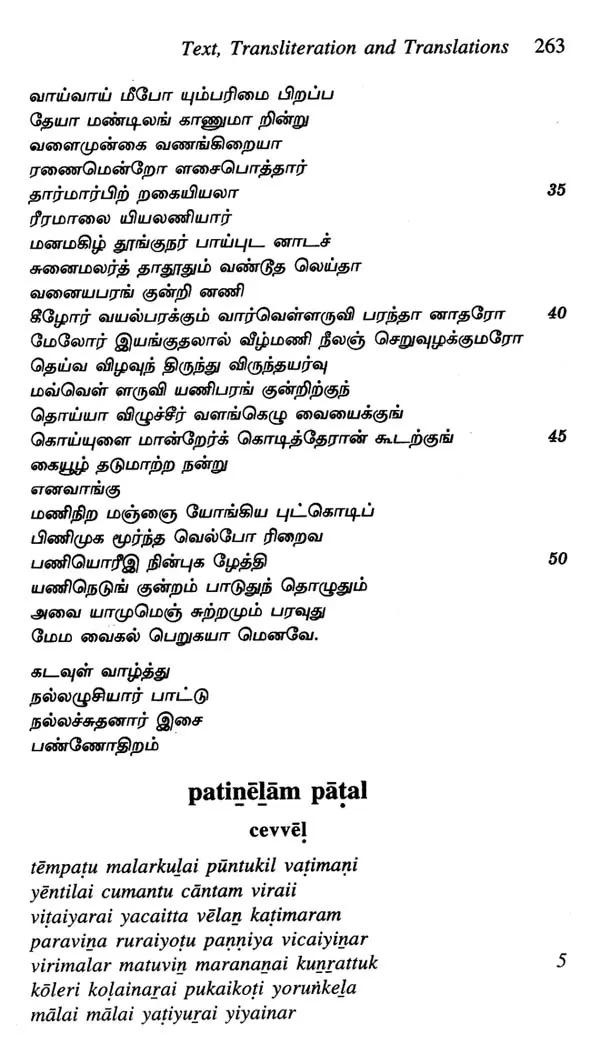
Paripatal - Text, Transliteration And Translations In English Verse And Prose
Book Specification
| Item Code: | UBE563 |
| Author: | Nirmal Selvamony And K.G. Seshadri |
| Publisher: | Central Institute of Classical Tamil, Chennai |
| Language: | Tamil Text with English Translation |
| Edition: | 2022 |
| ISBN: | 9789381744857 |
| Pages: | 492 |
| Cover: | HARDCOVER |
| Other Details | 9.30 X 6.30 inch |
| Weight | 810 gm |
Book Description
What is known as Ettuttokai (eight anthologies) consists of Narrinai, Kuruntokai. Ainkurunuru, Patirruppattu, Paripatal, Kalittokai, Akananuru and Purananūru, all of which include poems by diverse hands grouped on the basis of metre, content or length of the verse. Love is the exclusive theme of akam anthologies whereas puram refers to subjects such as war, fame, philanthropy and death. In this broad classification unique to ancient Tamil literature, akam may be taken to mean phenomenon and puram noumenon. Paripätal contains. twenty two poems by different poets, the length of each varying from 32 to 140 lines. The poems on Murugan and Tirumal are, according to A.K. Ramanujan, "the earliest bhakti poems in India, the earliest religious poems in a mother- tongue".
Paripatal's journey from manuscript to print
Two songs from Paripatal were first published by apirakām pantitar in his musicological text, Karunamirta cakaram (1917). According to the present canonical edition, these are the fourth and the fourteenth. Pantitar found these songs in an ancient manuscript on medicine in the possession of one Ulakanatapillai, who was the Chief Tamil teacher at Kaliyanasuntaram high school at Tañcavür. When Pantitar published his text, Pillai decorated it with his prefatory verse (1.1.64-66). Ulakanatapillai's father was the court physician letcumana pillai at tañcavur (pantitar 639-641). But Pantitar seems to have seen songs of paripatal for, he says that he acquired the eleventh song beginning "virikatir.." and also its commentary by Parimelalakar (707) though he cites only a fragment of it (lines 1-15 on pages 695-697 with Parimelalakar's commentary; 124-130 with Parimelalakar's commentary on pages 707-708). Elsewhere he cites lines 40-45 (with Parimelalakar's commentary for these lines alone) from song number 19 beginning, "nilavarai" (865). In all, Pantitar cites two songs entirely and two others partially. The two songs he cited in full are evidence to argue that ancient verbal compositions were musical in nature and meant for performance. The lines from the eleventh song were used to show the astronomical knowledge of the ancient Tamils, before discussing the connection between astronomy and music. Lines from the nineteenth song came handy to discuss the idea of interval in early Tamil music. This may not mean that the MS he had seen did not have the other songs too.
Ulakanatapillai MS
Though Pantitar aware of the fact that Paripatal was a collection of seventy songs (639), he does not say whether these were the only three songs he found in the MS under discussion. From the tone of his discussion, we may surmise that had he found more, he would have either cited them or at least mentioned the fact that they were available. But we could also guess that there were only three in the MS he chanced upon because they were part of a medical MS. Moreover, Pantitar's concern in this part of his text is pan (rakam) and the musicological elements in Paripatal. He wants to show that even in ancient times songs were compositions in Pan, which was part of a hoary Tamil musicological tradition.
